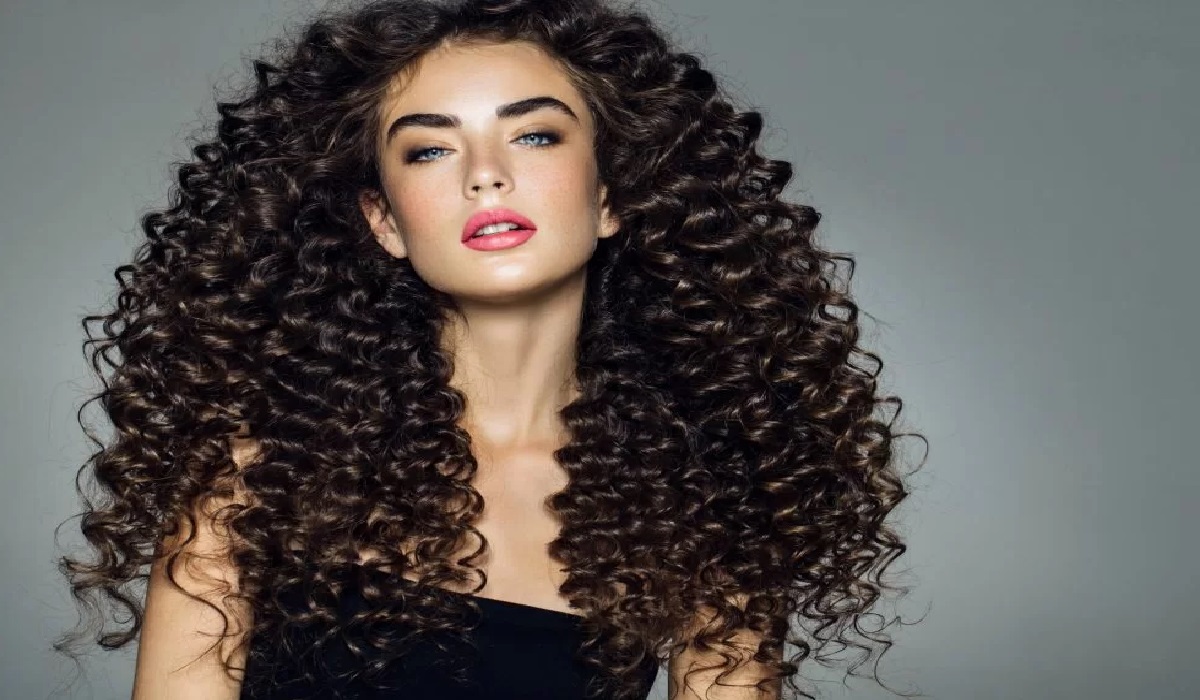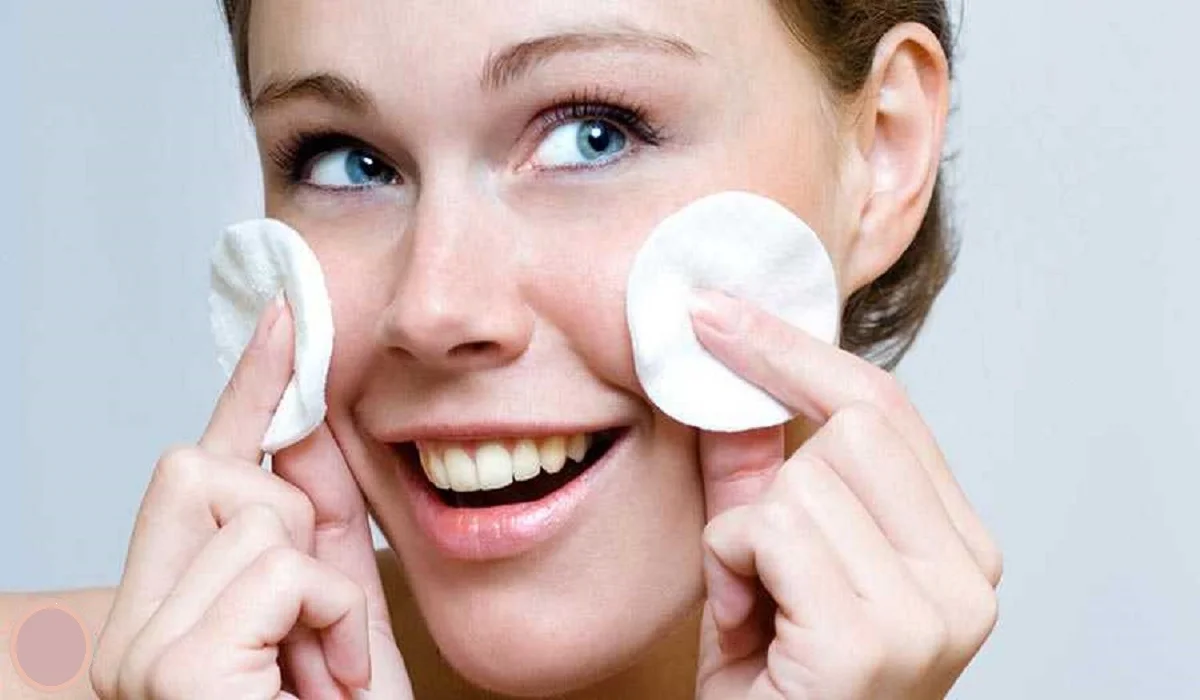
Eyebrows play a crucial role in framing the face and enhancing our overall appearance. Over the years, various techniques have emerged to help individuals achieve their desired brow look, including microshading. Microshading is a semi-permanent cosmetic procedure that aims to create natural-looking, defined eyebrows. In this article, we will explore the art of microshading, understanding what it is, how it works, and the benefits it offers for those seeking flawlessly shaped and filled brows.
Understanding Microshading:
Microshading, also known as powder brows or ombre brows, is a cosmetic tattooing technique that involves depositing pigment into the superficial layers of the skin to create a soft, powdered effect on the eyebrows. Unlike microblading, which uses fine incisions to mimic individual eyebrow hairs, microshading utilizes a stippling technique to achieve a more filled-in appearance. This technique is particularly beneficial for individuals with sparse or thin eyebrows, as it creates a denser and more defined brow look.
The Process of Microshading:
Microshading typically begins with a consultation to discuss the desired eyebrow shape, color, and overall outcome. Before the procedure, a numbing cream is applied to the brow area to minimize any discomfort. The technician then uses a handheld device or a manual tool with a cluster of small needles to gently tap and deposit pigment into the skin. The technician carefully layers the pigment, creating a gradient effect that mimics the natural growth and shading of eyebrow hair. The procedure may take around 1-2 hours, depending on the individual’s desired result.
Achieving Natural-Looking Results:
One of the significant advantages of microshading is its ability to create natural-looking results. By utilizing a stippling technique, the technician can mimic the appearance of soft, powdered eyebrows, closely resembling the natural texture and shading of brow hair. This technique allows for more flexibility in creating varying levels of density and achieving a result that complements the client’s facial features and desired aesthetic.

Customization for Every Client:
Microshading offers a high level of customization to meet each client’s unique preferences. The technician takes into account factors such as the client’s face shape, existing brow shape, and color to create a personalized treatment plan. The color of the pigment can be tailored to match the client’s natural hair color or desired shade, ensuring that the brows look natural and well-blended with the client’s overall appearance. The shape and density of the brows can also be adjusted to enhance the client’s facial features and achieve their desired brow style.
Long-Lasting Results:
Microshading is a semi-permanent procedure, meaning that the results can last for an extended period before requiring touch-ups. On average, microshaded eyebrows can retain their color and shape for 1-3 years, depending on factors such as individual skin type, lifestyle, and aftercare. Touch-up sessions can be scheduled as needed to maintain the desired brow appearance and ensure longevity.
Minimally Invasive and Safe:
Microshading is a minimally invasive procedure that carries a relatively low risk when performed by a skilled and experienced technician in a sterile environment. Proper sanitation practices and the use of high-quality pigments minimize the risk of complications. However, as with any cosmetic procedure, it is essential to research and choose a reputable and licensed professional to ensure safety and satisfactory results.
Time-Saving and Convenient:
For individuals who spend significant time and effort filling in their eyebrows daily, microshading offers a convenient solution. Once the brows are microshaded, there is no need for daily application of eyebrow makeup. This saves time in the morning routine.
Microshading has revolutionized the way we achieve defined and flawless eyebrows. This semi-permanent cosmetic procedure offers natural-looking results, customized to suit each individual’s preferences and facial features. With its ability to create soft, powdered brows that mimic the natural texture and shading of eyebrow hair, microshading provides a long-lasting solution for those with sparse or thin eyebrows. The procedure is minimally invasive, safe when performed by a skilled technician, and offers the convenience of saving time on daily eyebrow makeup application. If you desire effortlessly defined brows that enhance your overall appearance, microshading is a technique worth considering. Embrace the art of microshading and unlock the beauty of perfectly shaped and filled eyebrows that will enhance your confidence and leave you feeling your best.

